
In our fast-paced digital era, email marketing is the most powerful tool for businesses to engage with their audience, build relationships, and drive conversions. However, like any tool, email marketing requires careful strategy and execution to yield successful results. Our article explores the ten email marketing dos and don’ts to help you make the most of this potent marketing channel.
Understanding Email Marketing In Depth
Email marketing is a digital marketing strategy that sends targeted and personalized messages to individuals through email. It is a powerful tool businesses and organizations use to communicate with their audience, build relationships, promote products or services, and drive conversions. Email marketing enables direct communication with existing customers, potential clients, and interested parties, making it an essential component of effective email marketing campaigns.

The core concept of email marketing revolves around delivering valuable and relevant content to recipients’ inboxes. This content can take various forms, including:
- Promotional Emails: The same emails promote products, services, discounts, special offers, or upcoming sales. Their goal is to encourage recipients to take a specific action, such as purchasing.
- Newsletters: Newsletters provide subscribers with regular updates, insights, industry news, and other valuable content. They help to establish the sender as an authority in their field and maintain engagement over time.
- Educational Content: A marketing business uses email marketing to share educational resources, tutorials, how-to guides, and tips that address the needs and interests of its target audience.
- Transactional Emails: These emails are triggered by the user’s actions, such as confirming a purchase, providing order updates, or sending password reset instructions.
- Announcements: Email is a common channel for announcing new product launches, company updates, or events.
- Surveys and Feedback Requests: Use the same email to gather insights or feedback from potential customers through surveys and feedback requests, helping businesses improve their offerings and customer experience.
What Are The Benefits Of Email Marketing?
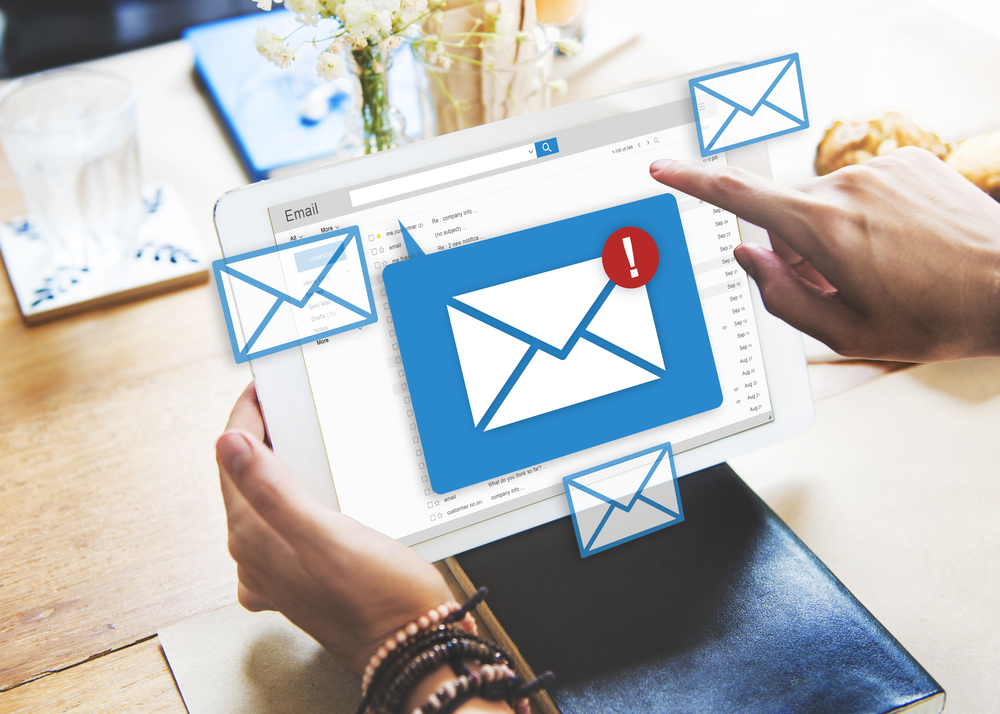
Email marketing has many benefits for businesses and organizations seeking to engage with their audience, promote products or services, and drive conversions. Here are some of the key advantages of email marketing:
- Direct Communication: Email marketing enables direct and personalized communication with your audience. You can deliver targeted messages to specific email list segments, tailoring content to their interests and preferences.
- Cost-Effective: Email marketing is more cost-effective than traditional methods like print advertising. It eliminates printing and postage costs and reduces the need for physical materials.
- High ROI: Email marketing often delivers a high return on investment (ROI). With the ability to reach a large audience at a relatively low cost, even a modest increase in conversions can yield significant returns.
- Automation: Many email marketing platforms offer automation features, allowing you to set up automated workflows triggered by user actions. This streamlines communication, nurtures leads, and engages subscribers without constant manual effort.
- Segmentation: Segment your email list based on various criteria such as demographics, behavior, purchase history, and more. This allows you to send relevant emails with targeted content to specific groups, increasing the likelihood of engagement and conversions.
- Personalization: Personalized emails that address recipients by name and cater to their preferences tend to have higher open and click-through rates. Email marketing platforms make it easy to customize content for individual recipients.
- Metrics and Analytics: A successful email marketing campaign provides detailed analytics that allows you to track metrics like open rates, click-through rates, conversion rates, and more. This data provides insights into making your campaigns effective and helps you refine your strategies.
- Engagement and Brand Awareness: Regular communication through email helps keep your brand top-of-mind among subscribers. Consistent emails that provide value and relevant content can strengthen your brand’s authority and awareness.
- Conversion and Sales: Successful email campaigns drive conversions and sales by providing subscribers with compelling offers, promotions, and calls to action. You can guide subscribers through the buyer’s journey and encourage them to take specific steps.
- Easy Sharing and Forwarding: Subscribers can easily share your email content with their contacts, expanding your reach and attracting new subscribers.
- A/B Testing: Email marketing allows you to experiment with different elements of your campaigns, such as subject lines, content, images, and CTAs, through A/B testing. This helps in optimizing your emails for better performance.
- Customer Retention and Loyalty: Regularly engaging with your existing customers is an email marketing strategy that helps maintain a strong relationship and fosters customer loyalty. You can inform them about updates, new products, and exclusive offers.
- Global Reach: Email marketing transcends geographical boundaries, allowing you to connect with a worldwide audience and expand your reach beyond local markets.
- Time-Sensitive Communication: Email is an effective channel for time-sensitive announcements, promotions, or event invitations, as messages can be delivered quickly to a large audience.
Email Marketing Do’s
1. Segment Your Audience

The art of personalization begins with segmentation, such as writing a welcome email to new subscribers. Modern consumers expect tailored experiences, and dividing your email list based on demographics, behaviors, and preferences is paramount. By understanding your subscribers’ unique characteristics, you can deliver content that speaks directly to their needs, fostering a deeper connection that can increase the likelihood of conversions in future campaigns.
2. Craft Compelling Subject Lines
In email marketing, first impressions are encapsulated within subject lines. An artful fusion of creativity and relevance is needed to lure recipients into opening your emails. A successful subject line uses a few words yet is captivating, teasing the content within while inciting curiosity. Regular testing and refinement can unearth the perfect formula for your target audience.
3. Provide Valuable Content

The success of an email campaign is in value addition. Each message you send should resonate with your subscribers on a meaningful level. Whether it’s educational articles that offer insights, exclusive offers that reward loyalty, or entertaining anecdotes that evoke emotion, the content should enhance the recipient’s experience and establish your brand as a valuable resource.
4. Optimize for Mobile
The mobile phone revolution has forever altered how emails are consumed. Ensuring your emails are responsive and visually appealing on varying screen sizes is no longer a choice – it’s a necessity. A harmonious blend of design and functionality guarantees that your emails maintain their allure, regardless of the device used for viewing.
5. Include Clear Call-to-Actions (CTAs)

A well-designed email is a roadmap, and the call-to-action buttons serve as signposts. Explicit and enticing CTAs guide recipients toward the desired action, whether purchasing, signing up for a webinar, or downloading a resource. The strategic placement, compelling copy, and conspicuous design of CTAs can significantly impact click-through rates and conversions.
6. Test and Iterate
The realm of email marketing is ripe for experimentation. A/B testing, or split testing, empowers you to dissect every element of your email campaigns – subject lines, copy, visuals, CTAs, and more. By systematically refining your approach based on data-driven insights, you evolve from guesswork to precision, elevating your engagement and conversion rates over time.
7. Focus on Deliverability
Even the most exquisite email is futile if it languishes in a recipient’s spam folder. Maintaining deliverability requires vigilance in adhering to best practices. Relying on reputable email service providers, regular list hygiene, and judiciously avoiding spam triggers ensures that your meticulously crafted messages reach their intended destination: the recipient’s inbox.
8. Build Trust and Transparency
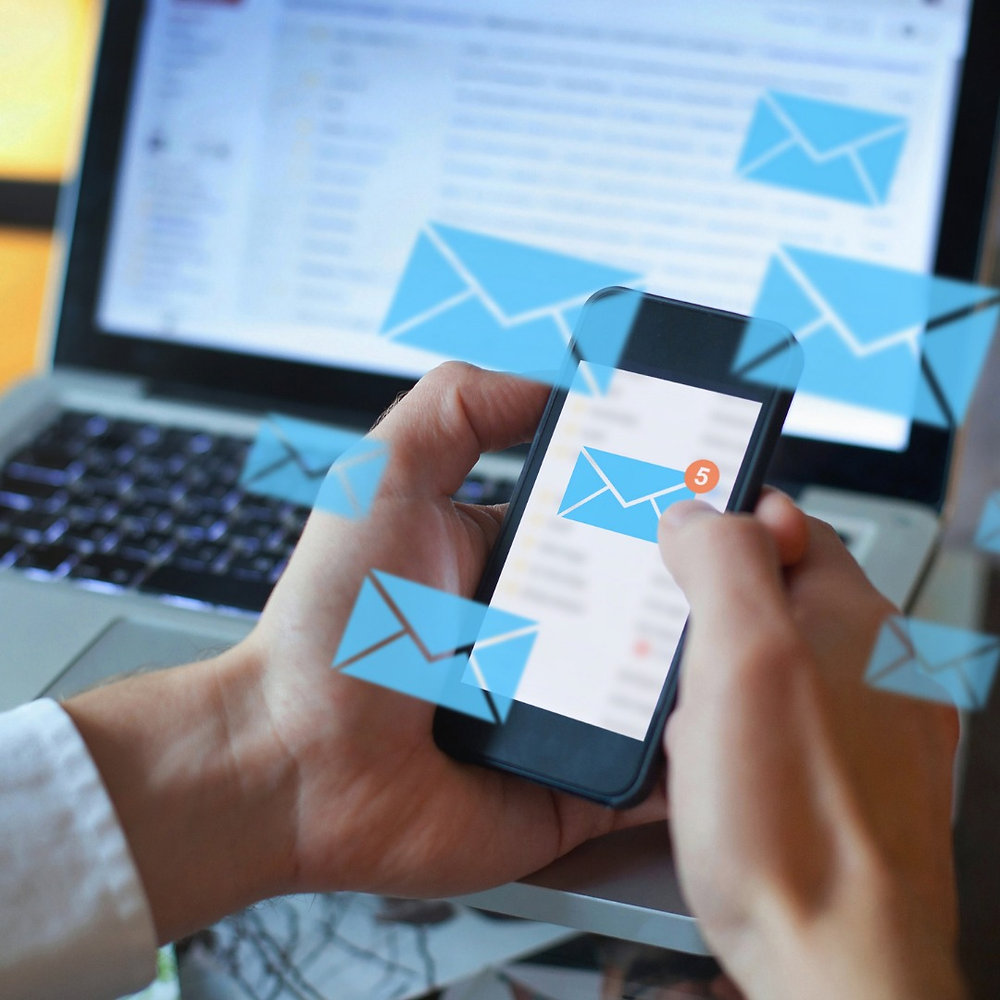
The modern consumer demands accountability and integrity. Instill confidence by establishing transparent communication practices. Clearly outline your data usage policies, offer options for email frequency customization, and facilitate unsubscribing. This respect for autonomy cultivates trust and fortifies your brand’s reputation.
9. Consistency is Key
In a world brimming with stimuli, consistency is an anchor. Establishing a predictable email schedule cultivates anticipation and habit among subscribers. Whether weekly, bi-weekly, or monthly, adhering to a regular sending cadence fosters a sense of familiarity, rendering your communications an integral part of their routine.
10. Monitor and Analyze Metrics
The marriage of data and intuition fuels the engine of email marketing success. Regularly dissecting open rates, click-through rates, conversion rates, and unsubscribe rates unveils a panorama of insights. This empirical understanding allows you to chart your progress, amplify strengths, and fine-tune areas that warrant improvement.
The Don’ts of Email Marketing
1. Don’t Buy Email Lists

In the quest for rapid expansion, purchased email lists can be tempting. However, this shortcut often leads to harmful consequences. Authentic engagement thrives on consent, and purchased lists may encompass disinterested or unwilling recipients, diluting the potency of your campaigns and inviting spam complaints.
2. Avoid Overwhelming Frequency
The pursuit of engagement must be balanced against the risk of saturation. A deluge of emails inundates recipients, causing irritation and prompting unsubscribes. Striking the equilibrium between maintaining communication and respecting the recipient’s inbox is vital to preserving long-term engagement.
3. Avoid Deceptive Tactics
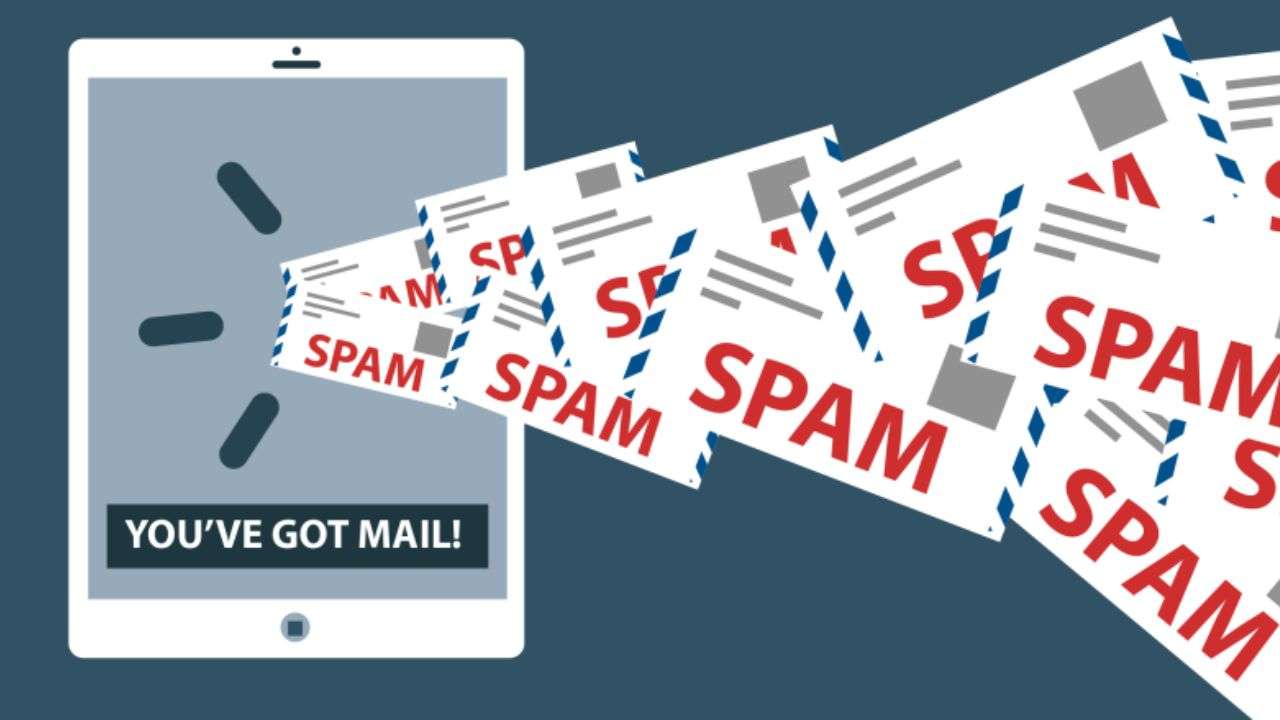
Integrity is the bedrock of sustainable relationships. Employing deceitful tactics such as misleading subject lines or sensationalized content erodes trust, potentially tarnishing your brand’s reputation. Authenticity in your communication breeds loyalty and fosters a sense of credibility among your subscribers.
4. Don’t Neglect Mobile Optimization
In a mobile-centric era, sidelining mobile optimization is akin to building a splendid house without a front door. Failing to ensure that your emails render seamlessly on mobile devices curtails engagement and undermines user experience. A responsive design guarantees that your message shines across screens of all sizes.
5. Avoid Lengthy Emails
The digital age has ushered in a culture of brevity. Emails that stretch into verbosity are often met with disinterest or truncated consumption. A concise and scannable format, packed with succinct yet impactful content, keeps your message accessible and engenders a higher probability of engagement.
6. Don’t Ignore Unsubscribes
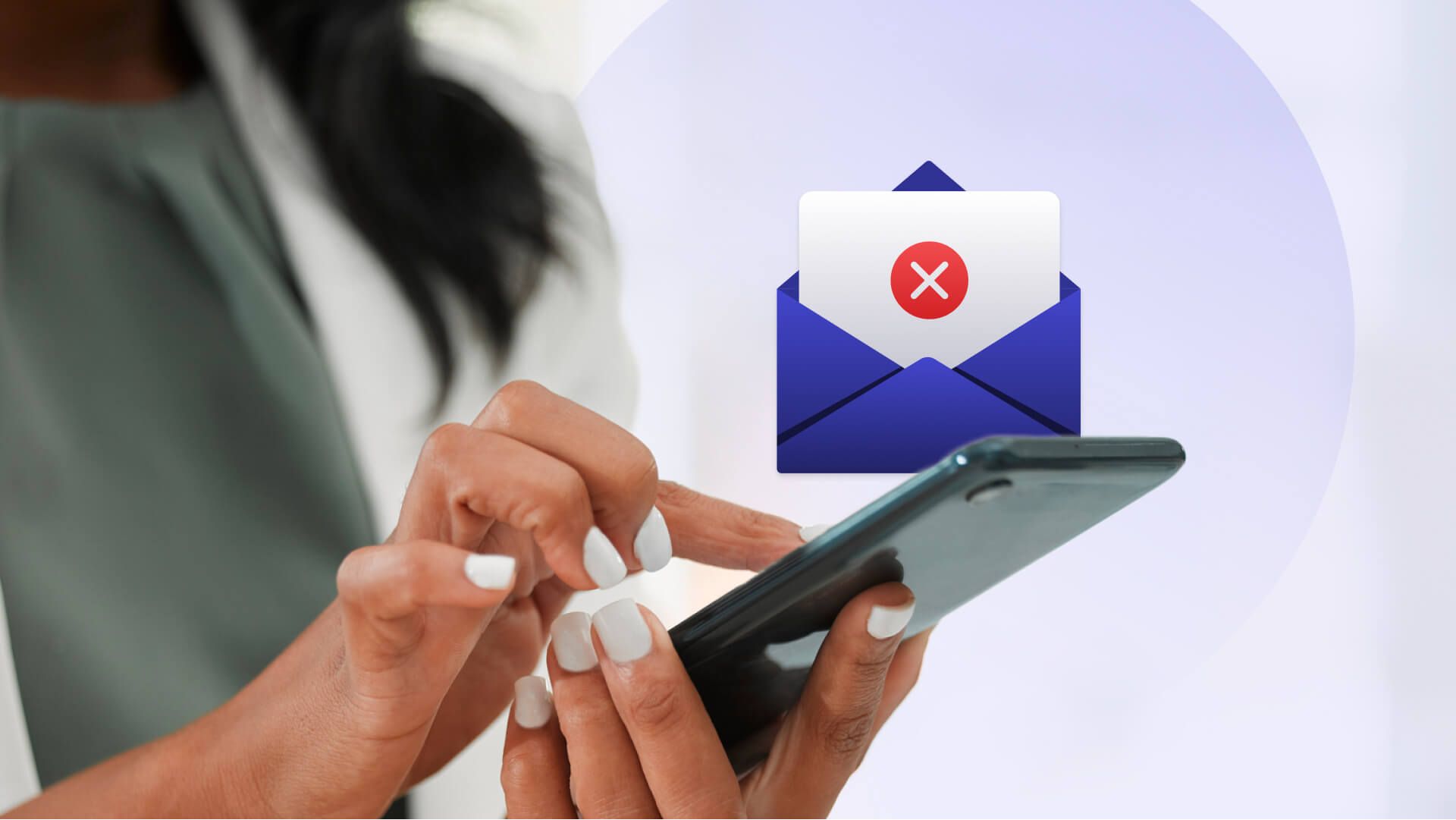
Unsubscribes, while disheartening, are a sign of evolving preferences. Ignoring or impeding the unsubscribe process can trigger resentment and, worse, categorization as spam. Simplifying and respecting the unsubscribe mechanism reinforces the subscriber’s autonomy and nurtures a healthier sender-recipient relationship.
7. Avoid Neglecting Testing
The path to excellence is paved with rigorous testing. Neglecting A/B testing diminishes the potential for optimization. By systematically scrutinizing variables and deciphering what resonates most with your audience, you embark on a trajectory of continuous improvement, refining your approach and nurturing superior engagement.
8. Don’t Rely Solely on Images
Images undoubtedly augment visual appeal, but relying exclusively on them can hinder communication. Email clients often block images by default, rendering your message incomplete. A harmonious blend of pictures and text, augmented by alternative text for images, ensures your message remains cogent regardless of display settings.
9. Avoid Irrelevant Content
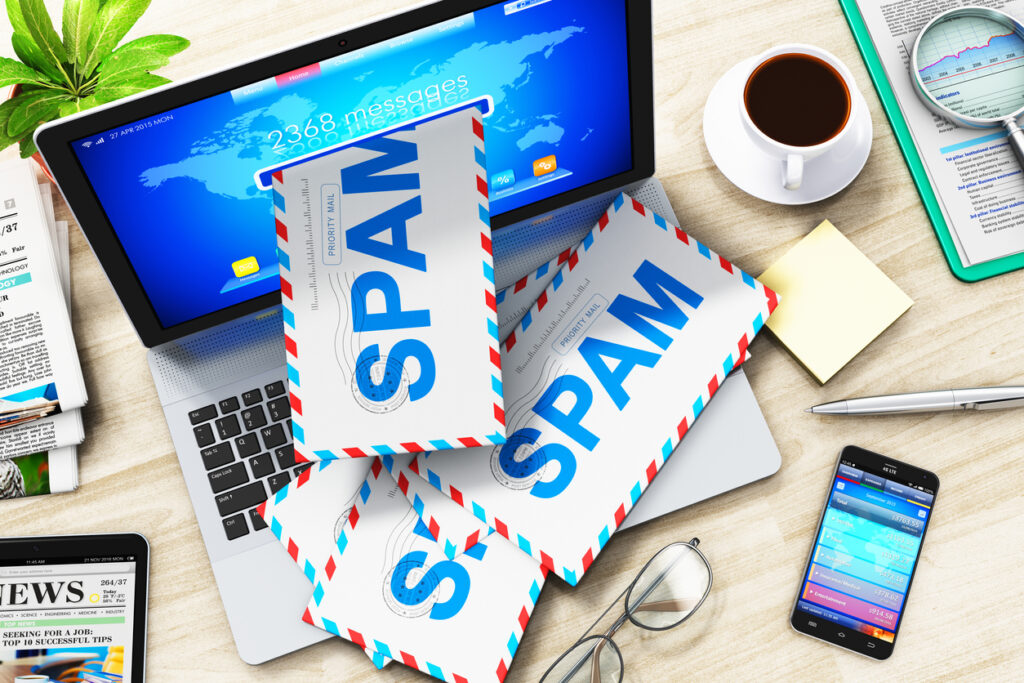
More than two-thirds of consumers are the axiom “quality over quantity” reverberates through email marketing. Disseminating content that disregards subscriber preferences or past behaviors engenders disinterest. Tailoring your messaging to resonate with specific audience segments maintains relevance, kindling and sustaining engagement.
10. Don’t Ignore Analytics
Email marketing is a dynamic ecosystem where data-driven insights illuminate the path forward. Ignoring the wealth of information within your campaign metrics is akin to navigating blindfolded. Embrace the analytical treasure trove to decipher trends, identify successes, and recalibrate strategies for enhanced performance.
Conclusion
Email marketing, a symphony of art and science, thrives on a delicate interplay of strategy and execution. You can make your email marketing lucrative by embracing the ten email marketing do’s and don’ts. You empower yourself to orchestrate campaigns that transcend mere communication and metamorphose into successful campaigns.
The canvas of email marketing is expansive, a realm where precision and creativity exist to craft a personal story that resonates, relationships that endure, and results that resonate. Through mindful application of these principles, you navigate the landscape of email marketing, propelling your brand toward recognition, engagement, and ultimate success.
